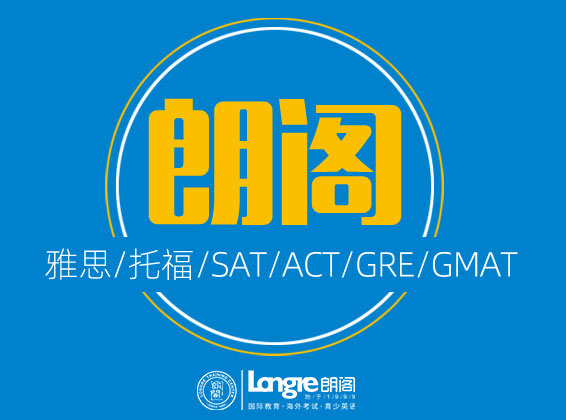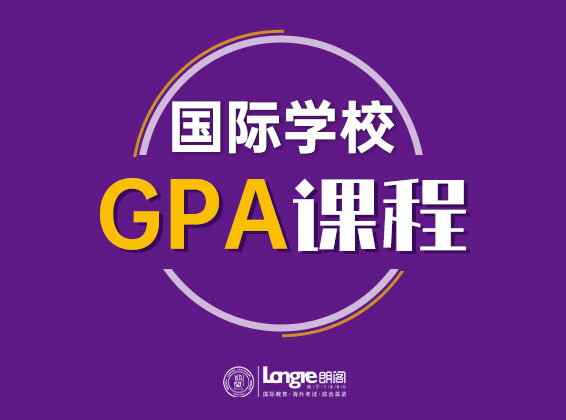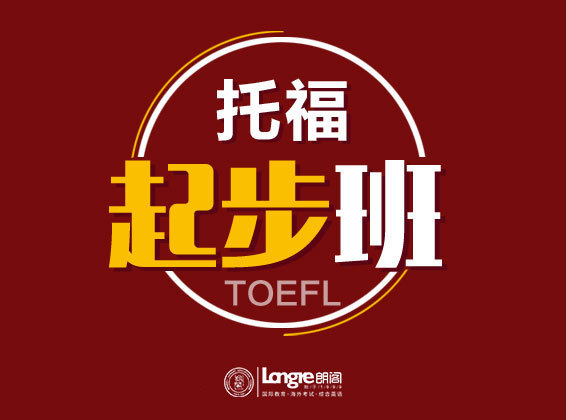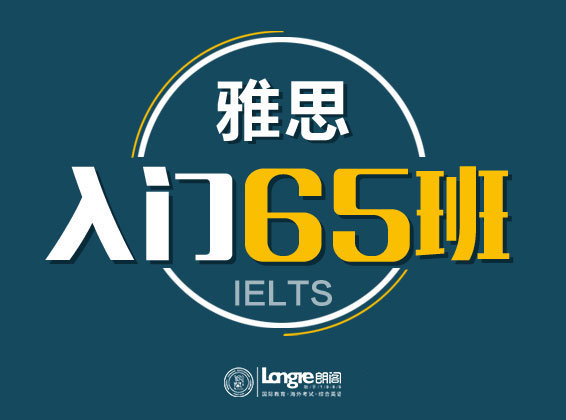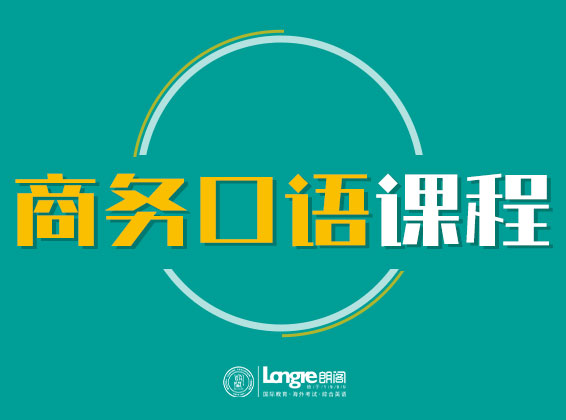|
P1 新西兰牛乳制品业发展史 P2 征服意大利的疟疾(The conquest of Malaria in Italy) P3 地点和情绪(Places and Emotions) 朗阁讲师点评 1. 本场考试的难度正常。 2. 整体分析:涉及社会类(P1)、医疗健康类(P2)、心理类(P3) 本次考试考察2篇旧题,从题型组合来看非常常规。**篇考察新西兰牛乳制品业发展史,题型是常见的判断题+填空题。第二篇讨论征服意大利的疟疾(The conquest of Malaria in Italy),考察填空题+判断题+段落信息配对题。第三篇讨论地点和情绪(Places and Emotions),难度和第二篇持平,没有拉开差距。需要注意考试的3篇文章难度并不一定是递进的,建议考生拿到试卷先浏览一下全文,调整自己的做题顺序,从简单的文章做起。 3. 部分答案及参考文章: Passage 1:新西兰牛乳制品业发展史 题型: 判断题 +填空题 参考答案如下: 1.TRUE 2.TRUE 3.NOT GIVEN 4.FALSE 5.FALSE 6.award 7.paper 8.profits 9.roads 10.concrete 11.museum 12.tennis 13.cheese 具体文章待补充。 Passage 2:征服意大利的疟疾 题型: 填空题+判断题+段落信息配对题 参考答案如下: 14.insects/mosquitoes 15.’miasma’ 16.life expectancy 17.hereditary 18.FALSE 19.TRUE 20.NOT GIVEN 21.待补充 22.C 23.F 24.H 25.B 26.D 参考文章如下: The Conquest of Malaria in Italy,1900-1962 Mal-aria.Bad air. Even the word is Italian, and this horrible disease marked the life of those in the peninsula for thousands of years. Yet by 1962, Italy was officially declared malaria-free, and it has remained so ever since. Frank Snowden's study of this success story takes us to areas historians have rarely visited before. A Everybody now knows that malaria is carried by mosquitoes. But in the 19th century, most experts believed that the disease was produced by “miasma" or "poisoning of the air". Others made a link between swamps, water and malaria; but did not make the further leap towards insects. The consequences of these theories were that little was done to combat the disease before the end of the century. Things became so bad that 11m Italians (from a total population of 25m) were "permanently at risk". In malarial zones the life expectancy of land workers was a terrifying 22.5 years. Those who escaped death were weakened or suffered from splenomegaly - a "painful enlargement of the spleen" and "a lifeless stare". The economic impact of the disease was immense. Epidemics were blamed on southern Italians, given the widespread belief that malaria was hereditary. In the 1880s, such theories began to collapse as the dreaded mosquito was identified as the real culprit. B Italian scientists, drawing on the pioneering work of French doctor Alphonse Laveran, were able to predict the cycles of fever but it was in Rome that further key discoveries were made. Giovanni Battista Grassi, a naturalist, found that a particular type of mosquito was the carrier of malaria. By experimenting on healthy volunteers (mosquitoes were released into rooms where they drank the blood of the human guinea pigs). Grassi was able to make the direct link between the insects (all females of a certain kind) and the disease. Soon, doctors and scientists made another startling discovery: the mosquitoes themselves were also infected and not mere carriers. Every year, during the mosquito season, malarial blood was moved around the population by the insects. Definitive proof of these new theories was obtained after an extraordinary series of experiments in Italy, where healthy people were introduced into malarial zones but kept free of mosquito bites - and remained well. The new Italian state had the necessary information to tackle the disease. C A complicated approach was adopted, which made use of quinine - a drug obtained from tree bark which had long been used to combat fever, but was now seen as a crucial part of the war on malaria. Italy introduced a quinine law and a quinine tax in 1904, and the drug was administered to large numbers of rural workers. Despite its often terrible side-effects (the headaches produced were known as the "quinine-buzz") the drug was successful in limiting the spread of the disease, and in breaking cycles of infection. In addition, Italy set up rural health centres and invested heavily in education programmes. Malaria, as Snowden shows, was not just a medical problem, but a social and regional issue, and could only be defeated through multi-layered strategies. Politics was itself transformed by the anti-malarial campaigns. It was originally decided to give quinine to all those in certain regions - even healthy people; peasants were often suspicious of medicine being forced upon them. Doctors were sometimes met with hostility and refusal, and many were dubbed "poisoners". D Despite these problems, the strategy was hugely successful. Deaths from malaria fell by some 80% in the first decade of the 20th century and some areas escaped altogether from the scourge of the disease. War, from 1915-18, delayed the campaign. Funds were diverted to the battlefields and the fight against malaria became a military issue, laying the way for the fascist approach to the problem. Mussolini's policies in the 20s and 30s are subjected to a serious cross-examination by Snowden. He shows how much of the regime's claims to have "eradicated” malaria through massive land reclamation, forced population removals and authoritarian clean-ups were pure propaganda. Mass draining was instituted - often at a great cost as Mussolini waged war not on the disease itself, but on the mosquitoes that carried it. The cleansing of Italy was also ethnic, as "carefully selected" Italians were chosen to inhabit the gleaming new towns of the former marshlands around Rome. The "successes" under fascism were extremely vulnerable, based as they were on a top-down concept of eradication. As war swept through the drained lands in the 40s, the disease returned with a vengeance. E In the most shocking part of the book, Snowden describes -passionately, but with the skill of a great historian - how the retreating Nazi armies in Italy in 1943-44 deliberately caused a massive malaria epidemic in Lazio. It was "the only known example of biological warfare in 20th- century Europe". Shamefully, the Italian malaria expert Alberto Missiroli had a role to play in the disaster: he did not distribute quinine, despite being well aware of the epidemic to come. Snowden claims that Missiroli was already preparing a new strategy - with the support of the US Rockefeller Foundation - using a new pesticide, DDT. Missiroli allowed the epidemic to spread, in order to create the ideal conditions for a massive, and lucrative, human experiment. Fifty-five thousand cases of malaria were recorded in the province of Littoria alone in 1944. It is estimated that more than a third of those in the affected area contracted the disease. Thou- sands, nobody knows how many, died. With the war over, the US government and the Rock- efeller Foundation were free to experiment. DDT was sprayed from the air and 3m Italians had their bodies covered with the chemical. The effects were dramatic, and nobody really cared about the toxic effects of the chemical. F By 1962, malaria was more or less gone from the whole peninsula. The last cases were noted in a poor region of Sicily. One of the final victims to die of the disease in Italy was the popular cyclist, Fausto Coppi. He had contracted malaria in Africa in 1960, and the failure of doctors in the north of Italy to spot the disease was a sign of the times. A few decades earlier, they would have immediately noticed the tell-tale signs; it was later claimed that a small dose of quinine would have saved his life. As there are still more than 1m deaths every year from malaria world- wide. Snowden's book also has contemporary relevance. This is a disease that affects every level of the societies where it is rampant. It also provides us with “a message of hope for a world struggling with the great present-day medical emergency". Passage 3:地点和情绪 题型:段落大意配对题+特殊词配对题+单选题 参考答案如下: 27.v 28.vi 29.i 30.iii 31.vii 32.ii 33.D 34.E 35.B 36.C 37.G 38.A 39.B 40.D 具体文章待补充。 考试建议 1.从已知信息来看,阅读速度依旧是影响考生得分的关键。同时,虽然本次考试没有出现太多的选择题,但是选择题仍旧是***近的备考重点。特别是选择题型相对来说对细节要求更高,耗时更长。如果烤鸭没有太关注该题型的话,可以参考练习10-4-3,11-2-3,11-4-2,12-3-3,12-4-2,13-1-3。下场考试,烤鸭们还是注意首篇出现填空+判断的篇章。第二篇注意会出现配对题相关的搭配。课下练习关注时间的分配问题,考生需要熟练掌握各个题型和篇章搭配类型的定位方法。同时,下场考试需注意:常见段落结构如何区分主次信息,抽象选项和原文信息如何识别出对应点。填空题除高频的“直接填空”外,仍需关注“选词填空”。 2. 重点浏览2018到2022年机经。 |
文中图片素材来源网络,如有侵权请联系删除




